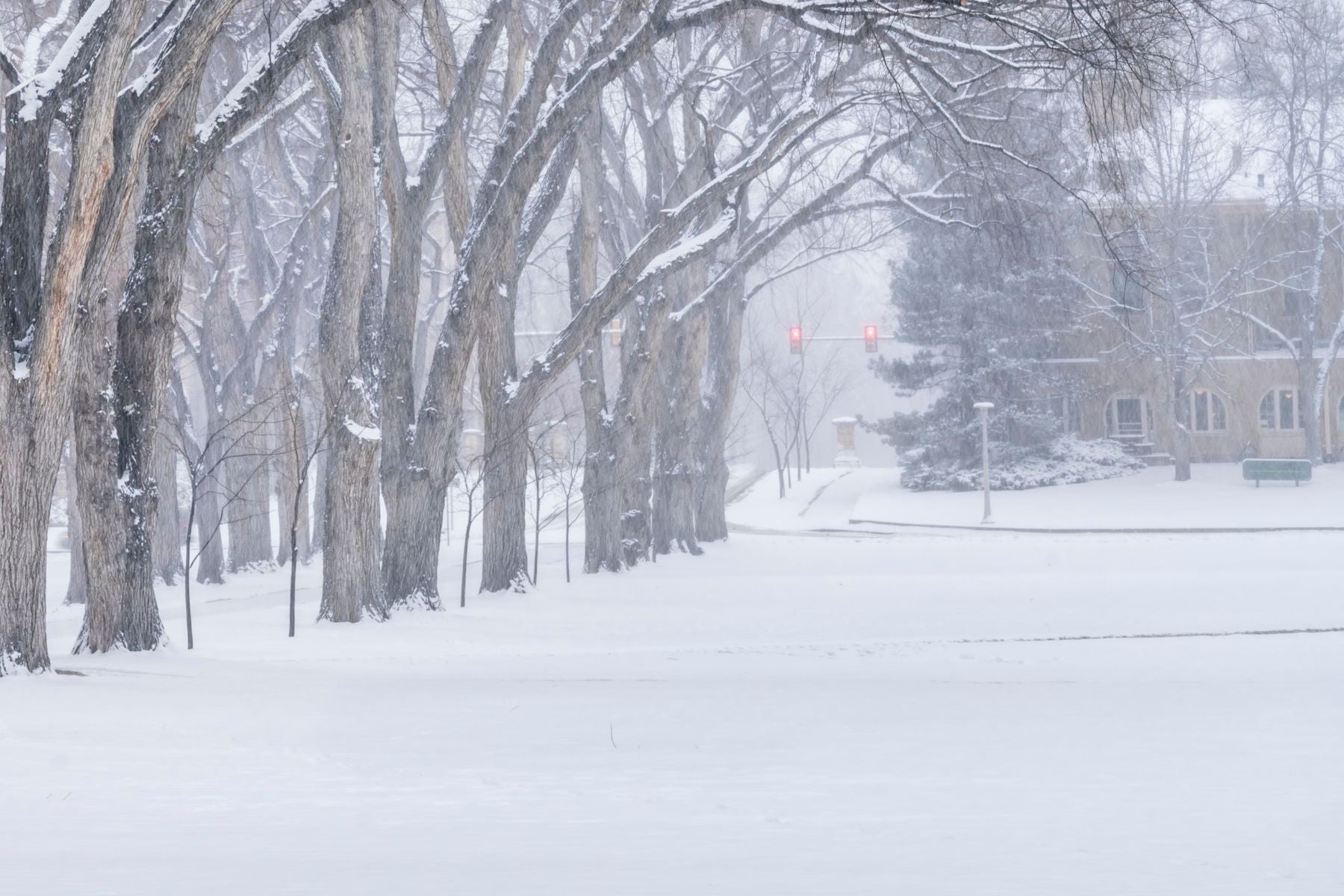By Pat Muller, Ready 2 Respond Trainer
Winter weather can wreak havoc on facilities, with freezing temperatures, snowstorms, and icy conditions threatening to disrupt operations. Power outages can impact heating systems, causing burst pipes and water damage which demand immediate attention.
While preventative maintenance is a key focus for most facilities, one crucial aspect of preparedness often gets overlooked: having a solid staffing plan for weekends and holiday breaks.
Importance of a staffing plan
During off-peak times, reduced staffing and building inactivity significantly increase the risk of an undetected emergency. Without regular oversight, minor issues – such as dropping indoor temperatures – can quickly escalate into costly problems. Weather fluctuations and limited activity make facilities especially vulnerable over weekends and holiday breaks.
A winter readiness plan with a clear communication and staffing strategy is critical to keeping facilities safe, open, and protected throughout the season. Inadequate staffing during winter can lead to a range of risks, including:
- Delayed response – Burst pipes, HVAC failures, and unheated spaces can escalate quickly without timely intervention.
- Increased damage and costs – Longer detection times exacerbate issues like flooding, leading to more extensive damage and costly repairs.
- Security concerns – Vacant buildings are at a greater risk for vandalism, theft, or unauthorized access that could compromise alarm systems or other maintenance settings.
Plan components to consider
A well-rounded staffing plan includes several key components to ensure facilities stay protected and responsive during winter weekends and breaks:
- Establish on-call rotations. Create an on-call rotation schedule that evenly distributes responsibilities, preventing burnout while maintaining coverage. Clearly communicate the schedule and provide contact information so team members know who to call when issues arise.
- Cross-train staff. Equip multiple team members with the knowledge and skills to handle critical issues like HVAC and plumbing emergencies, and water damage mitigation. Cross-training ensures that another staff member can address the issue even if the primary expert isn’t available.
- Monitor building temperatures. Utilize remote monitoring systems to track indoor temperatures and receive alerts when they drop below safe thresholds. Assign team members to periodically check temperature-sensitive areas, especially in areas like building foyers and boiler rooms, where cold air infiltration is common. This also helps alert of risks from windows left open after students vacate dormitories for breaks.
- Prepare for water mitigation. Have a clear response plan for water damage incidents, including easy access to tools like professional-grade extractors, airmovers, and dehumidifiers. Ensure on-call staff know where to find this equipment and how to use it effectively.
- Set communication protocols. Set up clear communication channels for emergencies, using group texts or apps to ensure rapid notifications to all relevant parties, including team members and leadership. Keeping everyone informed ensures a fast and coordinated response.
Contact the R2R team for support with emergency planning, equipment protocols, and customized staff training. For more facility management tips, follow us on LinkedIn and subscribe to our Facility Insights newsletter.


Winter Checklist for Maintaining Drying Equipment
Team Training: Essential Skills for Water Damage Response